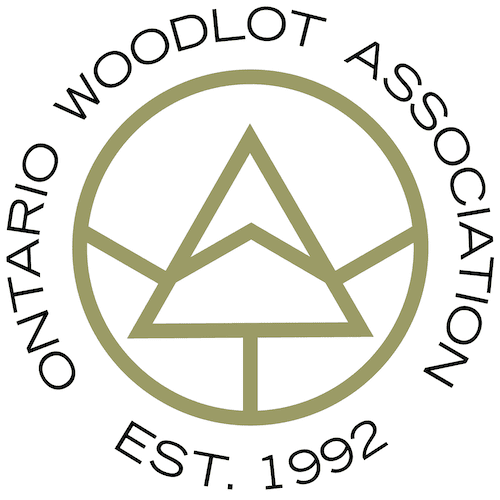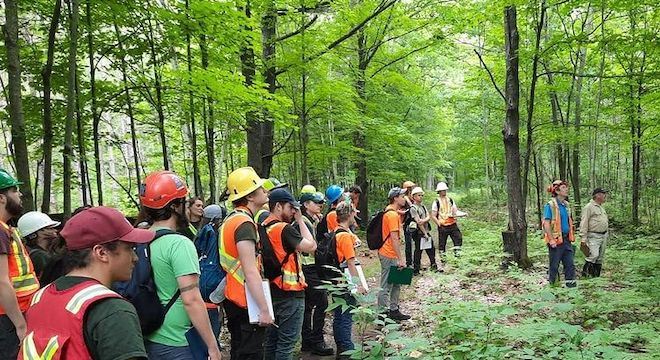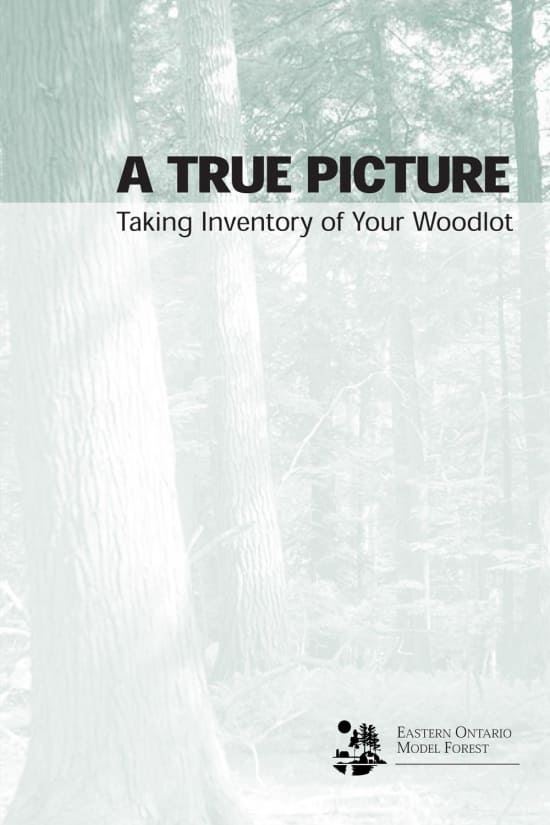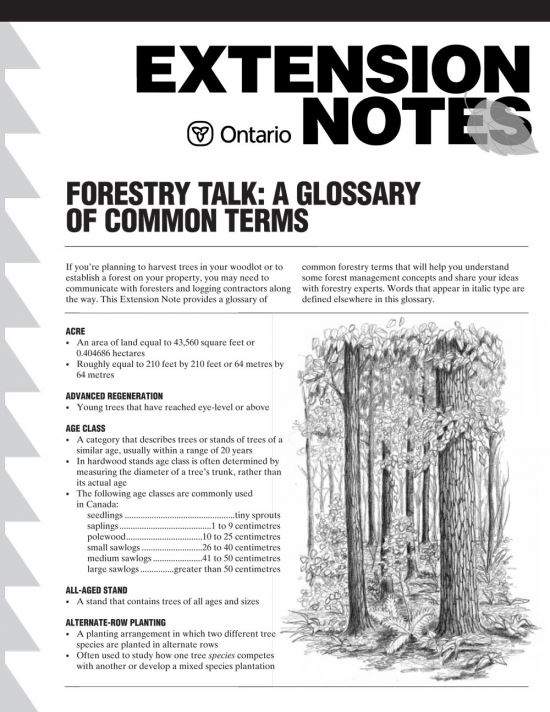- About
- Member Resources
- Woodland 101
- FOREST MANAGEMENT - PREPARING A MANAGEMENT PLAN
Preparing a Management Plan |
Have you considered preparing a management plan for your forest? If the answer is no, you may want to give it some consideration. Preparing a management plan is a good investment that will pay dividends in the future. Not sure where to start? Here is some information that you may find useful. What is a management plan?In simple terms, a management plan is a blueprint of your forest - you would use it in the same manner that a carpenter uses a blueprint to build a house. It provides a step-by-step set of instructions about how you are going to manage your forest while working towards achieving your short and long-term objectives. Why Have a Management Plan?Here are a few reasons why you should consider developing a management plan for your property: Developing a plan requires that you and your family think carefully about what you want to do on your property and learn about the various management options that will help you achieve your objectives; An integral part of developing a plan involves preparing an inventory of your forest. Knowing and having a better understanding of what is in your forest provides you with better information that leads to more informed decisions; Most landowners have limited time and money to spend on their forest and that means you must make careful use of the resources that you do have. A well-organized plan, that lays out a logical sequence of management activities, can save you time and money and may help avoid costly errors that are irreparable; A written management plan can form part of your overall business plan and can be used to track your management activities. This is important if you are operating your woodlot on a commercial basis; and You may be able to use your plan to participate in landowner incentive programs such as the Managed Forest Tax Incentive Program. Components of a Management PlanA plan doesn't have to be complicated. The amount of detail will depend on the landowner and his or her objectives. As a minimum, here is a brief outline of the basic components of a plan: 1. Property informationThis section simply provides a legal description (lot, concession, township, etc.) of the property, the acreage, and information (name, address, and telephone number) about the registered owner(s). 2. Property management historyThe purpose of this section is to note what activities have taken place on the property (relevant to the management plan you are preparing). This may include past harvesting operations, change of objectives or ownership, planting projects, insect control, trail construction, etc. 3. MapsGood maps and/or aerial photographs of your property are essential. Depending on the size of your property you may require two sets of maps – one showing your property in relationship to the surrounding landscape and a map showing the detailed features of your property. As a minimum, for management purposes, the map(s) should include property boundaries, fencelines, survey posts, access roads, forest compartments (types of forest cover) and other natural and physical features such as swamps, creeks, ponds and lakes. On smaller properties you may be able to record all this information on one map. 4. Setting objectivesDeveloping your objectives is a very important task. Before you undertake any management activities you need to have a clear idea of your objectives for your forest. To start, ask yourself what would you like from your forest? Why do I own it? What might it produce? What do I want from it in the future? Prior to finalizing your objectives, you need to carefully review each one and ask yourself which objectives are obtainable. You need to consider your financial resources, level of knowledge, availability of time and the characteristics of your property when making this assessment. Remember, be realistic and set your objectives within your limits and that of your property. 5. Preparing an inventoryThe four main components of an inventory include forest cover (trees), physical features, wildlife and other vegetation. Preparing an inventory of your forest is a very important component of your plan. The better the inventory information that you have, the better decisions you can make. The amount of information collected will depend on your objectives and the activities you plan to undertake. Detailed information about conducting a forest inventory can be obtained by reading A True Picture - Taking Inventory of Your Woodlot. 6. Scheduling of activitiesIn this section you need to identify the activities you are going to undertake in the next five or ten-year period. When preparing your schedule of activities you should always be able to answer: What – describe the activities to be undertaken; Why – what objectives will these activities help you to achieve; Where – list the forest compartment where the activities will take place and how many hectares will be treated; and When – what year and season will the work be undertaken. If you cannot answer all four of these questions about the activity you are planning, then you need to go back and check if you are being consistent with your management plan. 7. Record of activitiesA complete record of your management activities will be useful in the future:
8. Review of Past Activities and Plan UpdateForest management is a long-term project. We should (but don't often) go back and assess the success of the work we did five, ten or fifteen years ago. Record your activities and monitor their results to provide you with valuable information. Updating your plan will be required at some point in time. If you are planning your activities on a ten-year cycle then the plan should be reviewed and updated at that time. As a minimum, the review should include:
Where to get help?Looking for more information? An excellent guide to use in the development of your management plan is A Guide to Stewardship Planning for Natural Areas. |



